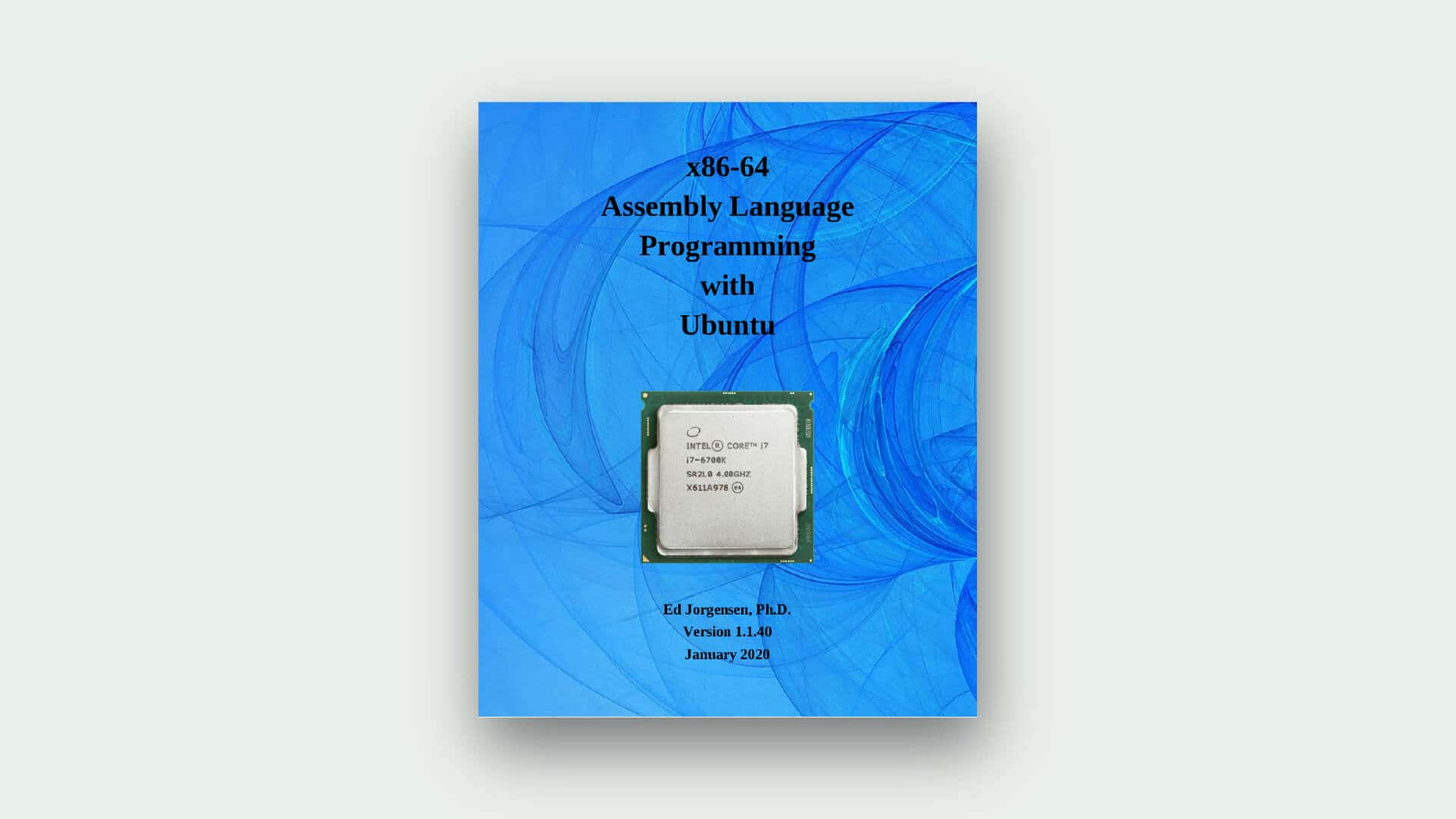The title is obviously an homage to one of the greatest sets of lecture notes ever created, by one Richard Feynman on the topic of Physics [F96]. While this book will undoubtedly fall short of the high standard set by that famous physicist, perhaps it will be good enough for you in your quest to understand what operating systems (and more generally, systems) are all about.
The three easy pieces refer to the three major thematic elements the book is organized around: virtualization, concurrency, and persistence. In discussing these concepts, we’ll end up discussing most of the important things an operating system does; hopefully, you’ll also have some fun along the way. Learning new things is fun, right? At least, it should be.
Each major concept is divided into a set of chapters, most of which present a particular problem and then show how to solve it. The chapters are short, and try (as best as possible) to reference the source material where the ideas really came from. One of our goals in writing this book is to make the paths of history as clear as possible, as we think that helps a student understand what is, what was, and what will be more clearly. In this case, seeing how the sausage was made is nearly as important as understanding what the sausage is good for.
There are a couple devices we use throughout the book which are probably worth introducing here. The first is the crux of the problem. Anytime we are trying to solve a problem, we first try to state what the most important issue is; such a crux of the problem is explicitly called out in the text, and hopefully solved via the techniques, algorithms, and ideas presented in the rest of the text.
In many places, we’ll explain how a system works by showing its behavior over time. These timelines are at the essence of understanding; if you know what happens, for example, when a process page faults, you are on your way to truly understanding how virtual memory operates. If you comprehend what takes place when a journaling file system writes a block to disk, you have taken the first steps towards mastery of storage systems.
There are also numerous asides and tips throughout the text, adding a little color to the mainline presentation. Asides tend to discuss something relevant (but perhaps not essential) to the main text; tips tend to be general lessons that can be applied to systems you build. An index at the end of the book lists all of these tips and asides (as well as cruces, the odd plural of crux) for your convenience.




